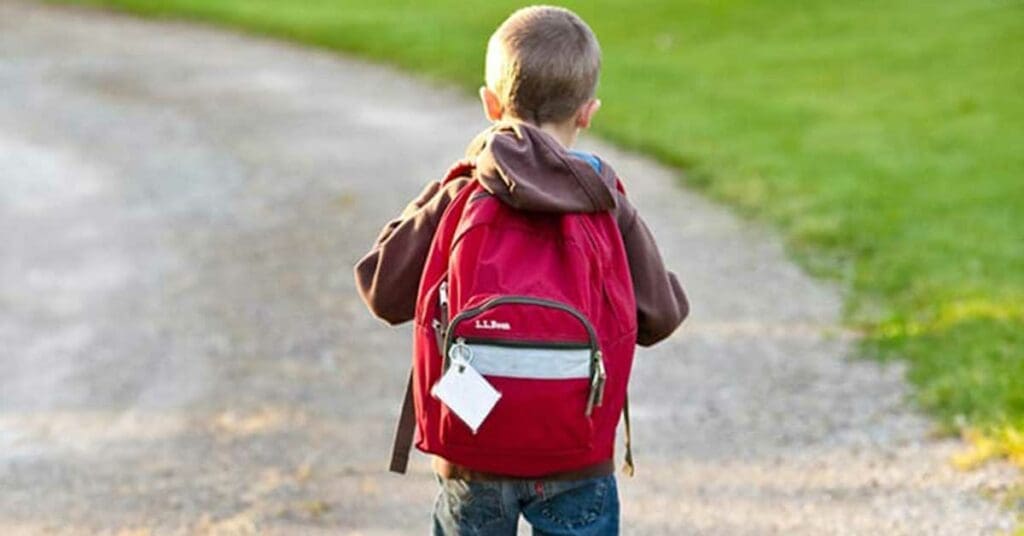 These days, grocery shopping looks a little different than usual.
These days, grocery shopping looks a little different than usual.
People wait patiently outside the store in long, spaced out, lineups. Direction arrows show customers where to move next. Customers stand at least six feet apart in the checkout lines. Cashiers carefully disinfect their terminals before the next customer arrives.
These measures are designed to prevent people from coming into close contact with each other. Whether we like it or not, physical distancing is the way of life in the COVID-19 era.
However, as important as physical distancing is in flattening the COVID-19 curve, let’s not assume it will look the same in all settings. This is particularly true for physical distancing in schools.
Quebec Premier Francois Legault has reopened schools outside Montreal. Some in Montreal are reopening now, for special needs students.
Legault also said that it won’t be business as usual in schools. To enforce physical distancing, class size will be capped at 15 students and school buses will transport children at half capacity.
No doubt, Legault thinks that smaller classes and emptier buses will make it easier to keep students apart. Space desks six feet apart, put direction arrows in the hallways, and make students stand in long, spaced-out, lineups before entering the building. By doing these things, Legault thinks COVID-19 won’t spread in schools.
But more than 40 staff and students tested positive for COVID-19 in the first two weeks after elementary schools outside the Montreal area opened on May 11, the Education Department has confirmed.
Obviously, Legault has never been a teacher. Otherwise, he would know that schools aren’t grocery stores and students are not mature adults. It’s absurd to think that physical distancing in schools will look like it does in grocery stores.
Anyone who thinks it is possible to keep students – particularly young students – six feet apart all day has little understanding of what children are like. Even if you space desks six feet apart, there is no way to prevent rambunctious students from coming into contact with each other. Close contact is what kids do.
With older students, some will comply with the distancing policy but others will ignore the rules simply because they want to challenge school authority.
And, in high school, good luck keeping all the Romeos and Juliets away from each other!
Don’t assume that a zero-tolerance approach to enforcement will work. In the past, draconian zero-tolerance policies have been disastrous because teachers and principals can’t use their discretion when enforcing rules. How do you think it will look in the media when a principal expels a kindergarten child for hugging friends she hasn’t seen for months?
This doesn’t mean that schools cannot take precautions. Of course they can – and they must be cautious. Schools can temporarily suspend large gatherings such as assemblies, concerts and sporting events. While not ideal, learning can proceed without these activities.
Also, it would be sensible to install hand sanitizers at the entrance doors and in classrooms. It would also make sense for teachers to remind students to regularly wash their hands. But it makes no sense to assume that all students will wash their hands multiple times a day.
When schools reopen, parents and teachers must be realistic about what physical distancing will actually look like in busy school buildings.
Above all, let’s remember that schools are not grocery stores and students are not adults.
Michael Zwaagstra is a public high school teacher and a research fellow with the Frontier Centre for Public Policy.
The views, opinions and positions expressed by columnists and contributors are the author’s alone. They do not inherently or expressly reflect the views, opinions and/or positions of our publication.

